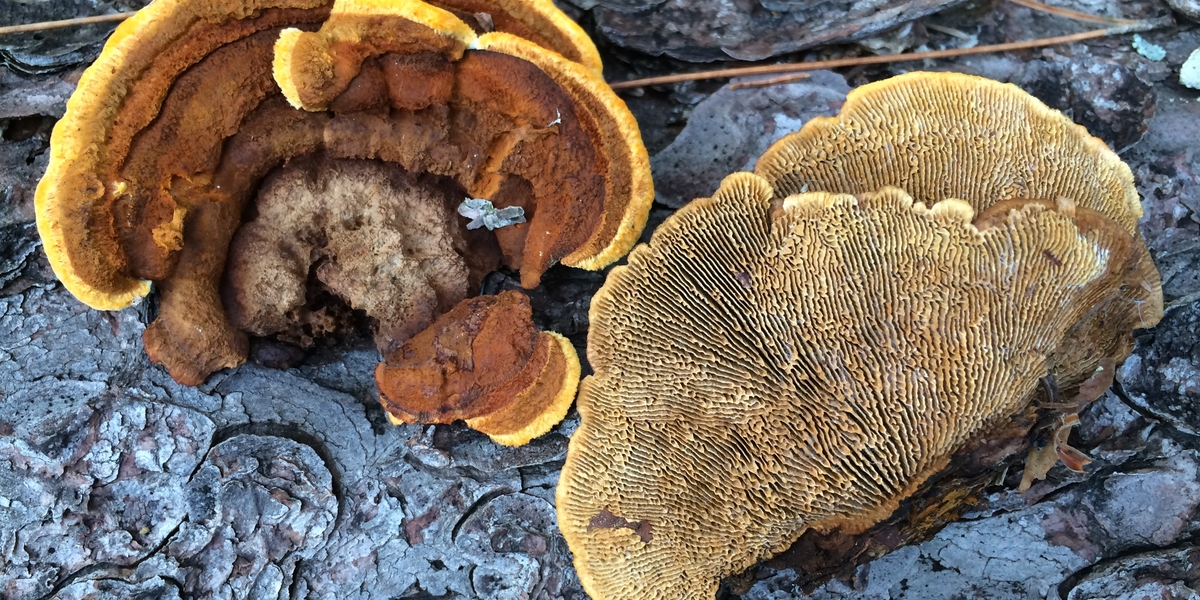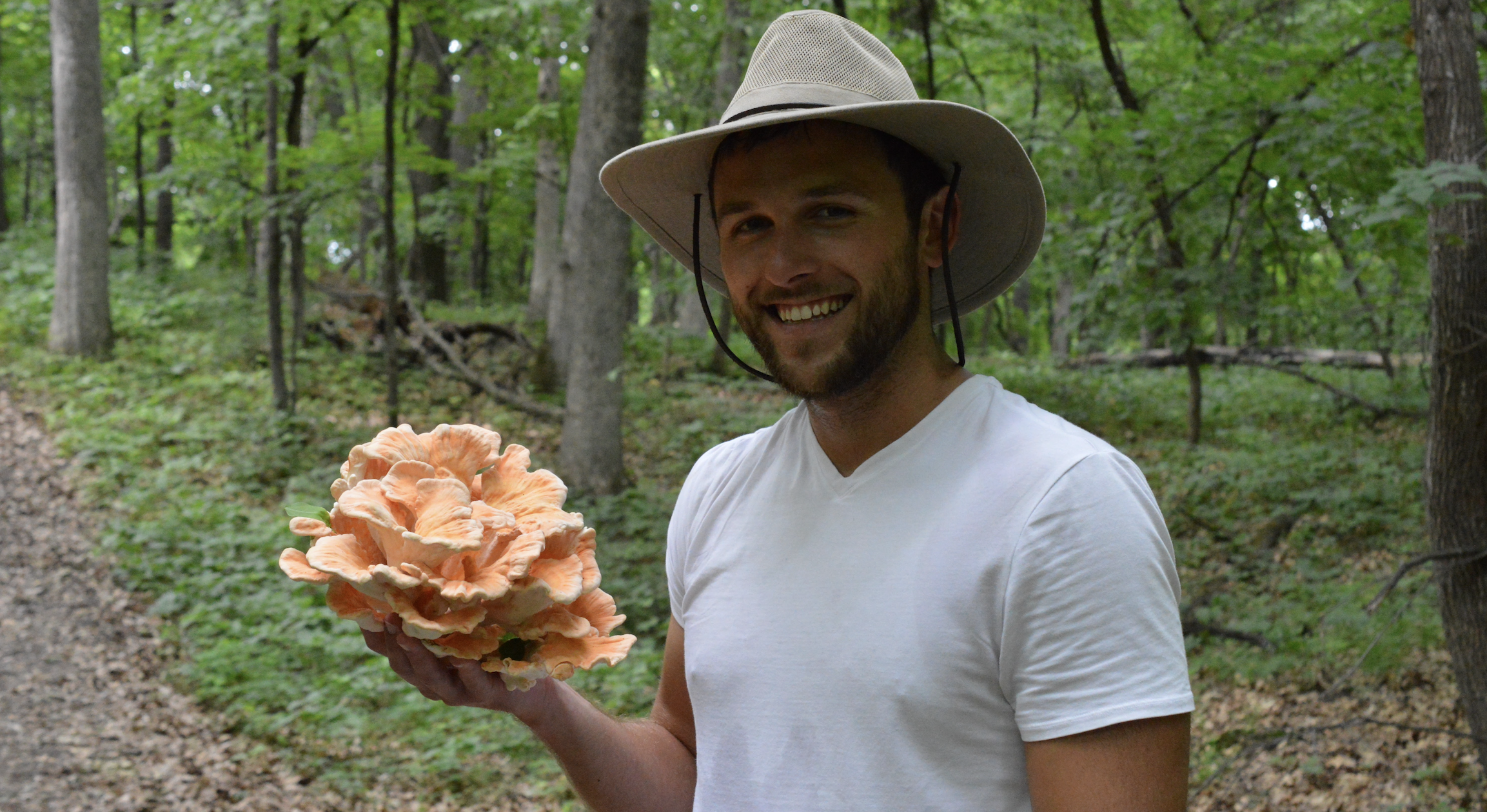
As a mycologist, Jonathan Schilling’s research often involves long walks in the woods incidentally resulting in expertly foraged mushroom dinners. His eyes are uniquely attuned to spotting fungi that eat the woody flesh of post-mortem trees. But unbeknownst to Schilling, he would make the most sobering discovery of his career without stepping foot outdoors.

It began as a pandemic detour. Paused fieldwork in 2020 pushed Schilling’s graduate student, Hunter Simpson, to analyze data that already exists – in this case, digitized herbarium records from over a century of old-school natural observation. A little bit of programming, and voila: the lab suddenly had access to approximately 12.5 million fungal samples from all across the globe. They used the data to confirm that their species of interest, brown rot fungi, have a special affinity for coniferous trees.
It’s a theory that mycologists have long suspected but until now have had insufficient data to support. “[Using herbarium collections] answered one of my lifelong questions in the period of a year,” says Schilling, who emphasizes the importance of physical herbarium records, such as those being kept at the Bell Museum. “Even a lifetime of fieldwork couldn’t get you that many samples. It’s impossible.”
The results published this year in New Phytologist have staggering implications when you consider scientists project that coniferous forests will recede and move northwards. In North America, Schilling discovered that the current ratio of white rot to brown rot fungal occurrence is about 87% to 13%, respectively. “This 13% is based on samples collected by people, and people have their biases, but if you look at the collective of studies, this is probably pretty close,” says Schilling. “If my calculations are even close to correct, a loss of two percent of brown rot relative to white rot would release the same amount of carbon dioxide into the atmosphere that we release from burning fossil fuels.” In other words, the impact of global warming is compounding. Tiny changes matter.

Brown and white rot fungi both break down wood, but white rot is the only one that can effectively break down lignin – a carbon-rich component of wood that makes up about 40% of above-ground carbon stored within wood. White rot releases more carbon dioxide than brown rot. But unlike brown rot, white rot is often linked to more deciduous forest types, which may take the place of coniferous forests in warming climates. Schilling doesn’t know why the fungi have preferences, only that they generally do, and that it matters for the future of our planet. For him, it’s a call to action.
“The thing I’ve been grappling with right now is that I’m old enough to realize, in a way, the limits of my science. We need the science,” says Schilling, “But there’s also a part of me that thinks – if this is really true, then someone needs to stop this madness. So do I do this for science, or do I do this for the planet? What do I do?” –Adara Taylor